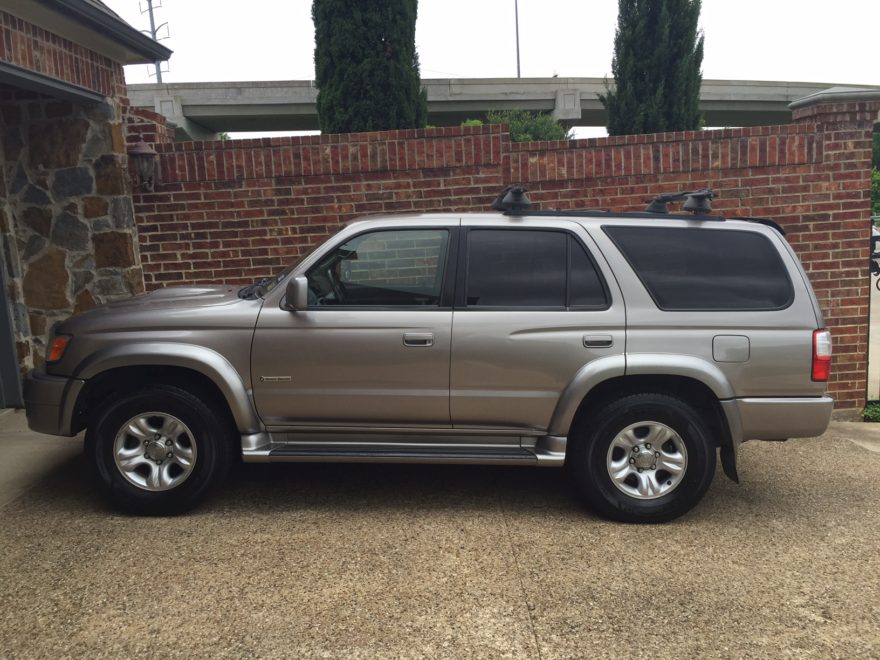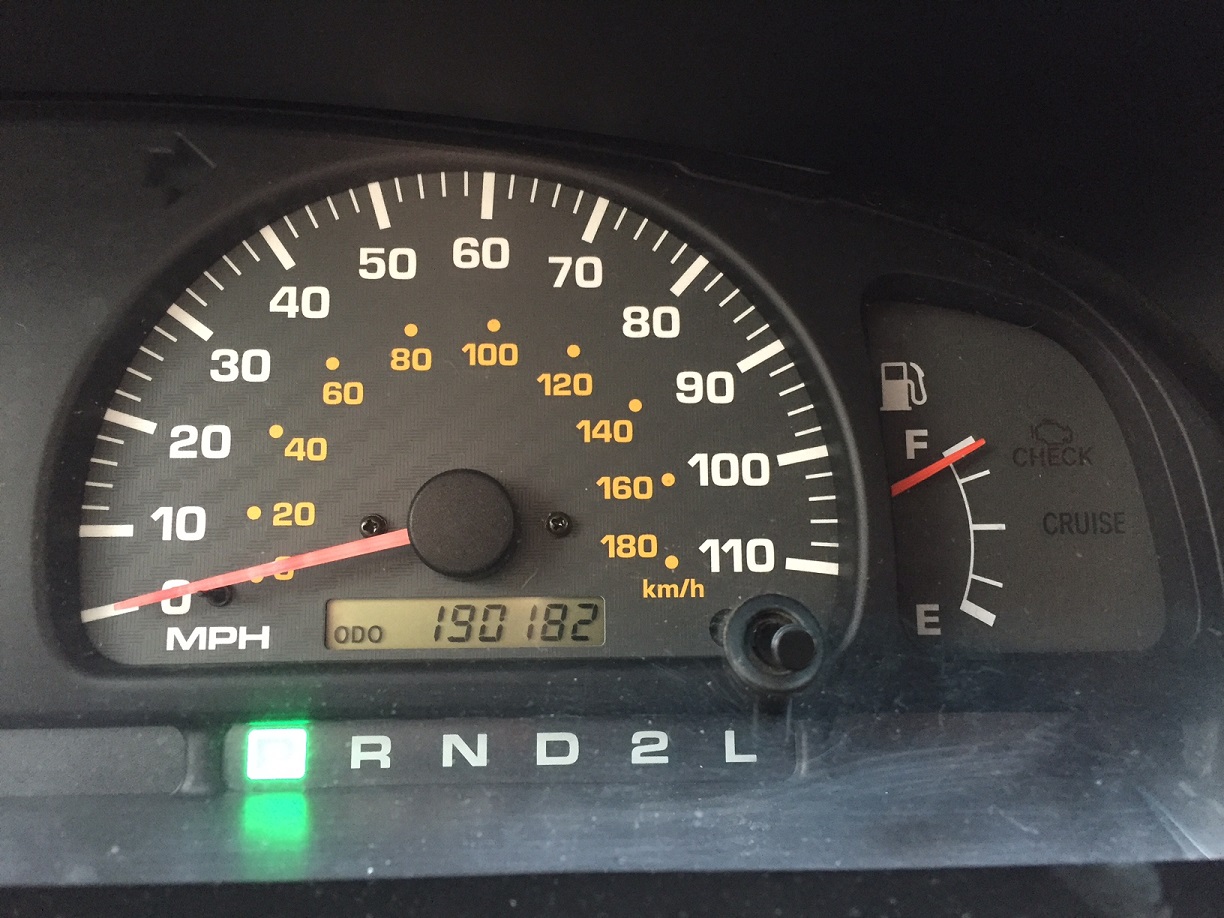There are a lot of parallels between getting in shape and being a successful investor. Both take time and consistent effort to achieve results. We’d love to have overnight, instant results, but that isn’t how life works!
Here are five key factors to an effective exercise program that you can apply directly to helping you achieve your financial goals. If you are already doing great with your workout program, why not apply that same process to getting your finances in shape?
1. One pound at a time. Your goal may be to lose 30 pounds, but you can’t lose 30 pounds at once. You have to take it one day at a time and lose the first pound, then the second, and so on. In investing, everyone wants to be a millionaire, but you have to save that first thousand dollars, then the next thousand and so on. You can’t just wish for it, you have to work for it.
2. Set a goal. Having a specific goal such as “lose 20 pounds by March 1” or “achieve a BMI of 15 by January 1” is better than a vague goal such as “get in better shape”. Otherwise, how will you know if you achieve your goal? How will you know if you are on track? What is your motivation and sense of urgency?
A long-term goal creates short-term steps. If you want to lose X pounds in X weeks, you might use an app like myfitnesspal to calculate how much you need to workout and how many calories you can eat in a day. Your goal determines a path and mileposts. For investing, if your goal is to have $500,000 in your 401(k) at retirement, how much would you need to save from each paycheck to make that happen?
3. Make good choices. When you have a fitness goal, some decisions, like eating half of a cheesecake for dinner, will put you further away from your goals and negate all the hard work you have been doing. Similarly, if you have a financial goal, spending $15,000 on a European vacation may be inconsistent with that goal. When your goal is more important than the eating or spending, you learn to make better choices.
That’s not to say that you can’t indulge from time to time, but you can’t let those choices derail your progress. If you view these choices as a sacrifice or as deprivation, you will resent your fitness or financial goals. You may find it easier to stick to the plan when you observe and celebrate the positive results you are achieving.
4. Create new habits. For a workout program to get results, you have to stick to it and have it become an unchangeable part of your routine. Maybe you workout Monday through Friday at 7:30 am before work. Or maybe you spend your lunch hour on Tuesday and Thursdays at the Gym and then workout on Saturday and Sunday mornings. Maybe you learn to watch TV without eating food at the same time!
The point is that you create new habits that will help achieve your goals. For investors, people are more likely to be successful when they put their saving on autopilot. Have that money come directly out of your paycheck into your 401(k). Start a Roth IRA and establish a monthly draw of $400 from your checking account. Set up a 529 college savings plan and even if you only start with $50 a month, get going today!
5. Human support. You are more likely to succeed in your fitness goals if you are part of a group or have a coach to make sure you actually get to the gym! They can motivate you, applaud your progress, and help you regroup after the inevitable frustration of temporary set-backs. When you go it alone, your weekend choices may not be as good as someone who has a weigh-in on Monday morning with their trainer. Having someone who supports you, who can lend an ear, and can also provide objective guidance will help you get there faster.
When it comes to investing, many people make the same excuses as they have for fitness: I am too busy, exercise is too expensive, it’s so boring, my career/family/hobby is takes all my time… And yet, many of the busiest, most successful people I know manage to find time to workout and stay in shape. When it is an important priority, you figure out how to make it happen.
If you want to get in better shape financially, apply what you know works for exercise. We can help you identify realistic goals and put into motion new habits to help you achieve your objectives. You will learn about finances and you might even find that you enjoy yourself! But most of all, you will know that you are doing the right thing today and that your future self will thank you for not waiting another year to get started. You can schedule your call online here.













